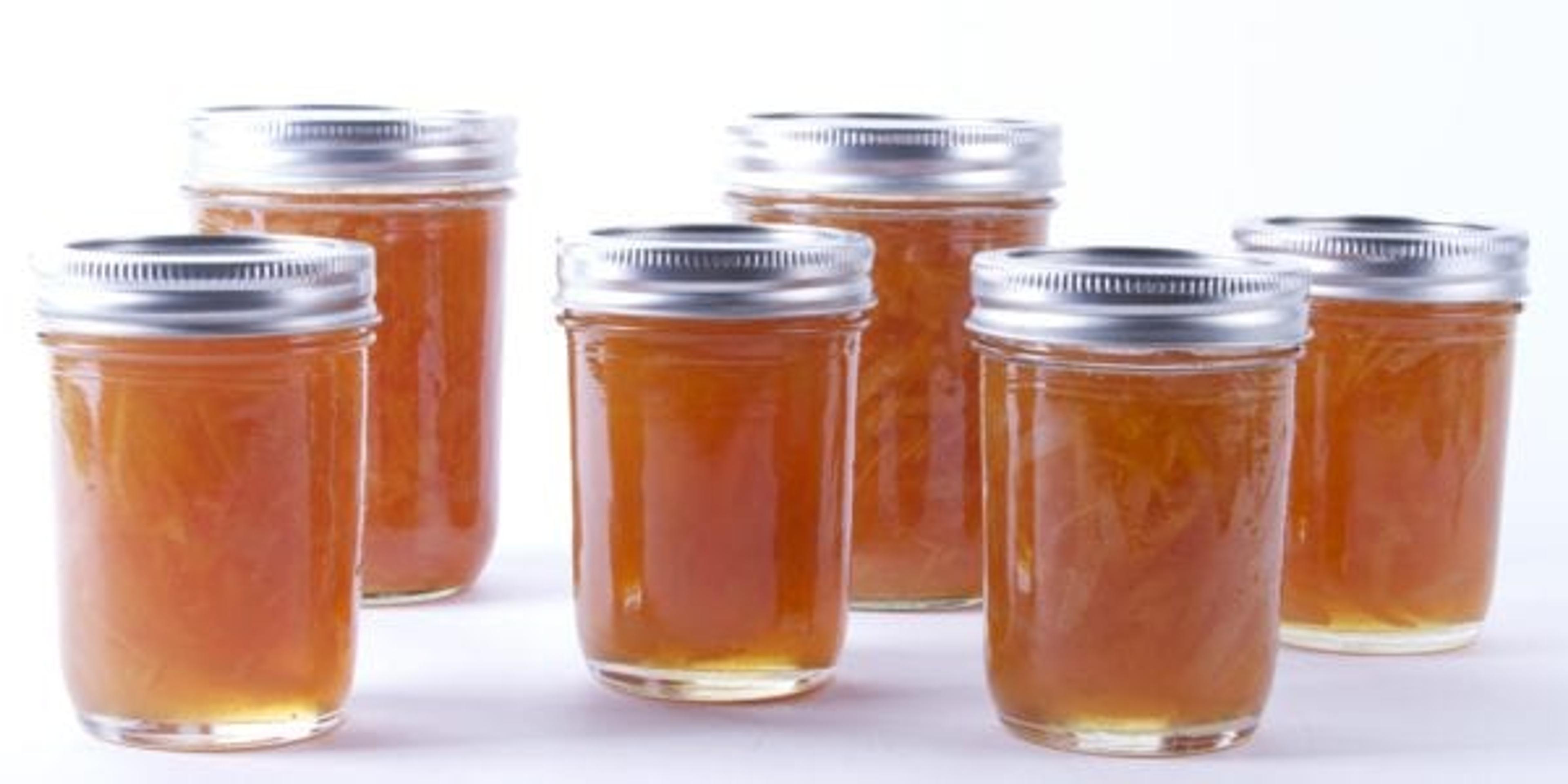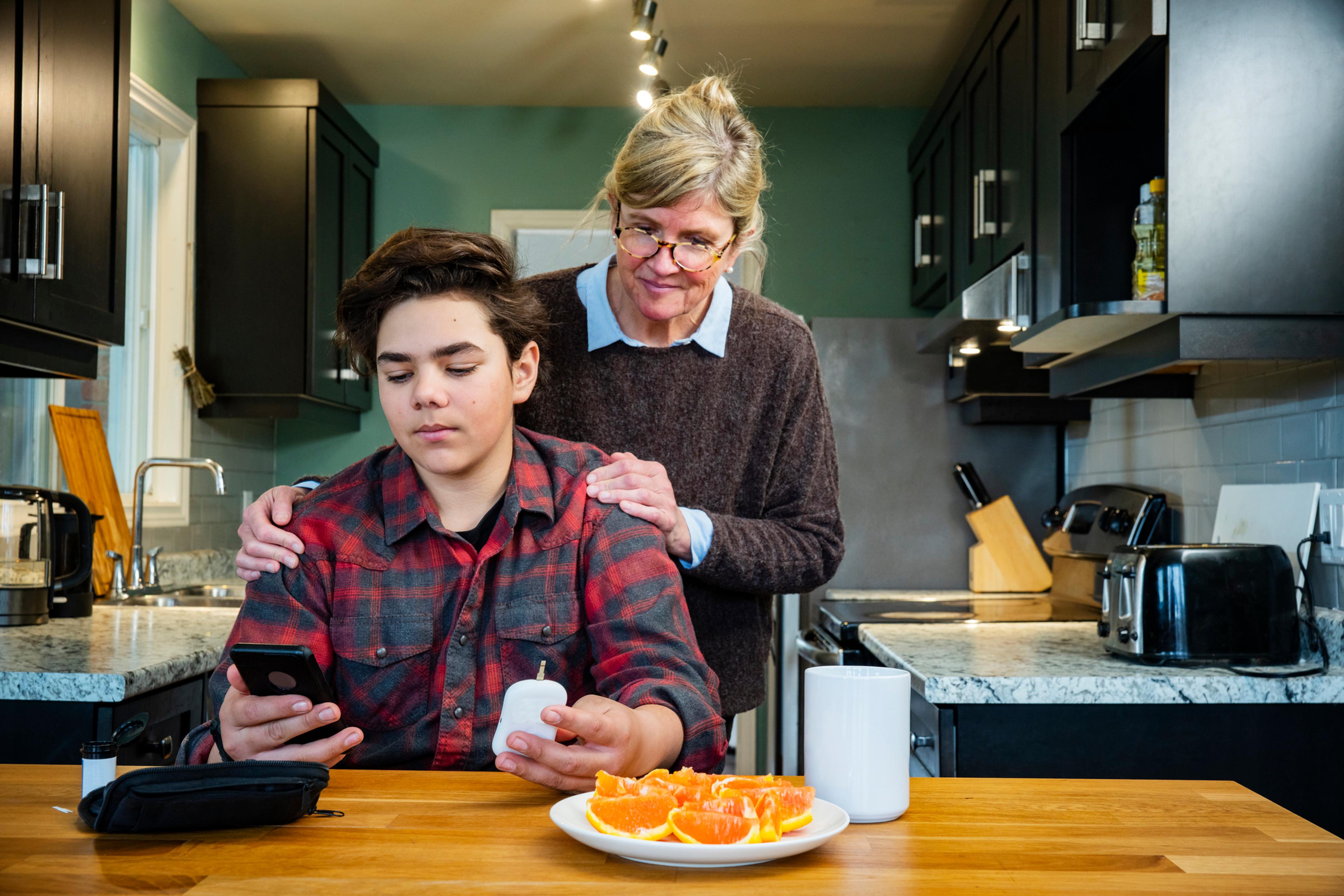Preserve Your Way Through Your Garden’s Bounty
| 3 min read

Fresh fruit and vegetables are two of the best things about summer in Michigan. But there’s no reason the flavors from your garden or farmers market have to disappear when fall and winter roll around. Summertime produce can be enjoyed all year long thanks to techniques like canning, preserving and pickling.
If you’ve never tried to preserve produce before, the techniques can seem intimidating. But the reality is, it’s pretty easy to turn fresh berries and cucumbers into jam and pickles. Here are five things you should know before you start the canning or pickling process:
- There’s more than one way to can. Water-based canning is the most traditional way to can, but it’s not the only way. Canning in the freezer and pressure canning are also options, so select your method based on preference and how quickly you’ll use the ingredients.
- Think hot, hot, hot! Hot pots of water and super-hot equipment are necessary to sterilize jars and tools when canning. Once everything gets sterilized, you’ll want to move fast. That’s why it’s important to gather the right tools and read up on the processes before you start. A great intro to canning can be found here.
- Start with a recipe. The canning or pickling process can be lengthy and require a lot of moving parts. For beginners, it’s helpful to start with a recipe. Don’t know what foods to try and preserve? Some of the most popular canned foods for beginners include squash, peaches, strawberries, apricots, cucumbers, radishes and carrots.
- Keep it simple. If canning seems like too much, too soon, pickling is a great alternative. It requires fewer tools and the techniques involved are pretty simple. Pickled cucumbers, vegetables (think onions, radishes and other root vegetables) and peppers like jalapeños are all good for beginners. If you’re having a hard time creating the perfect pickle, there are many tip sheets available online.
- Safety first. For food safety, it’s critical to use the right amount of high-acid ingredients in your canning recipe. Start with tried-and-true recipes that maintain a good ratio of low- and high-acid ingredients to assure pH levels are safe enough to prevent botulism. Once you get the hang of it, you can tweak seasonings and ingredients a bit while still keeping acidity amounts where they need to be.
- If you’re still uncomfortable but interested, take a class! Local farmers’ markets are a good place to start, but canning bloggers like Food in Jars (in the U.S.) and Well Preserved (in Canada) also put on regular events.
Wondering what else to do with your garden’s abundance? Check out these blogs:
Photo credit: Lenore Edman





